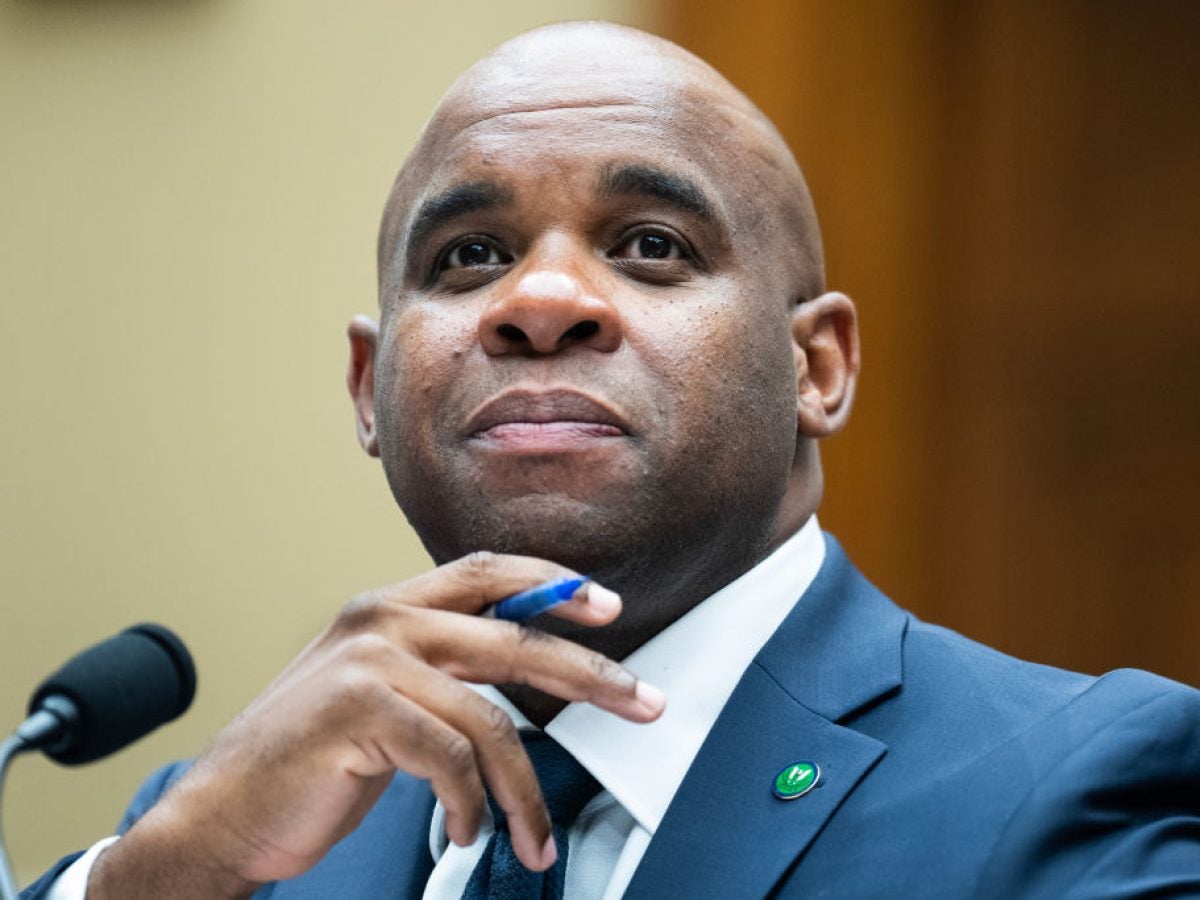
The Civil Rights struggle waged on America’s Black Belt reshaped what was possible for marginalized people, but those who bore the brunt of the burden, in some ways, benefited the least.
For many Black southerners, the end of Jim Crow marked the beginning of covert discrimination—systems that, on their surface, signaled progress but kept discriminatory power dynamics in place. It was within this societal context that Chris Womack came of age. “I was born and raised in South Alabama, growing up in the sixties,” he explained. “When I graduated high school, I knew I wanted to have a different experience.”
Womack set that goal into motion, moving to the Midwest to study political science at Western Michigan University. He went on to pursue graduate studies at American University in Washington, D.C. While there, his appetite for politics was honed, setting sights on Capitol Hill, serving as a legislative aide to former Congressman Leon Panetta. “It was an incredible experience,” he recalled, but Womack’s political aspirations were short-lived. “After I got married and had my first daughter, my wife and I at the time decided to move back to Alabama to be closer to family,” he shared. That decision led him to Birmingham and eventually to the helm of one of the world’s largest electricity producers.
As CEO of Southern Company, the nation’s second-largest utility provider, Womack has come full circle. While his initial dream of creating change through politics shifted, his leadership now impacts over nine million residents across the Southeast. In his home state, Alabama Power—a subsidiary of Southern Company—stands as one of the largest employers and a vital economic force. The young man who once envisioned political service as his path to impacting positive change now plays a crucial part in driving growth and opportunity in the very community that nurtured his roots.
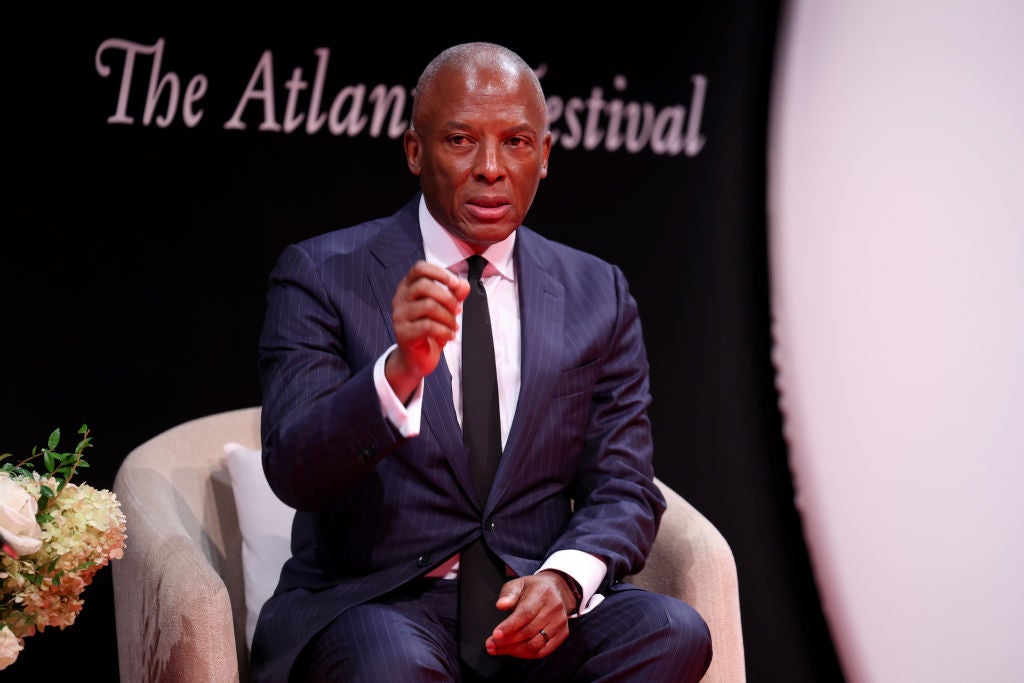
Womack is among a wave of “power players” whose revolutionary leadership is transforming the energy industry at a pivotal moment in the clean energy transition. Beyond professional expertise, their motivation for serving communities is shaped by personal experience. For ESSENCE, I spoke with top energy industry decision-makers to explore how they are tackling challenges like decarbonization, fortifying grid resilience, and ensuring equitable access to energy for all.
Building an Inclusive Workforce for a Sustainable Energy Future
The global shift to clean energy is projected to create over 10.3 million jobs in the next five years, and Colette D. Honorable is determined to ensure equitable access to the earning power and opportunities these jobs will offer.
“As we make decisions and shape policies that affect the communities we serve, we must ensure our workforce reflects those communities,” she told ESSENCE. As Executive Vice President, Chief Legal Officer and Corporate Secretary, Honorable has a powerful hand in actioning that goal: “We run 90 different workforce development programs, investing $18 million last year alone.”

Exelon is the largest energy supplier in the U.S., serving over 10 million people in major cities like Baltimore and Washington, D.C. Preparing a workforce to support such an expansive customer base while also equipping them with the new and largely untested skillsets required for the clean energy revolution, is no small feat. Still, Honorable is just the woman for the job.
With over 20 years of experience in the energy and regulatory sector, including a prior role as commissioner at FERC, Honorable brings proven expertise in guiding organizations through significant transitions. Core to that work is a steadfast commitment to implementing strategies that deliver tangible benefits for the communities she serves. Her visionary leadership exemplifies how today’s trailblazers are driving the clean energy revolution
Guiding America’s Energy Revolution
With growing demands on energy supplies and the deteriorating effects of climate change, swift action is crucial to keep global warming in check. The Biden administration set transformative targets: a carbon-free power sector by 2035 and a net-zero emissions economy by 2050. For energy companies, this means weaning dependence on fossil fuels and investing in infrastructure to support renewables like wind and solar. The responsibility for guiding the industry toward these ambitious goals falls largely to Willie L. Phillips.
As Chairman of the Federal Energy Regulatory Commission (FERC), Phillips steers the operations and policies that regulate the U.S. energy sector. It’s a monumental undertaking, but his priority is clear. “There is no greater thing FERC can do than focus on preparing our electricity grid for the realities we face,” he explained. The nation’s electrical infrastructure is ill-equipped for today’s demands. Modernizing it requires a collaborative and pragmatic approach. The principal idea, he says, is simple: “Bring stakeholders together to plan for the future of our nation’s grid and get additional transmission infrastructure built and into service.”
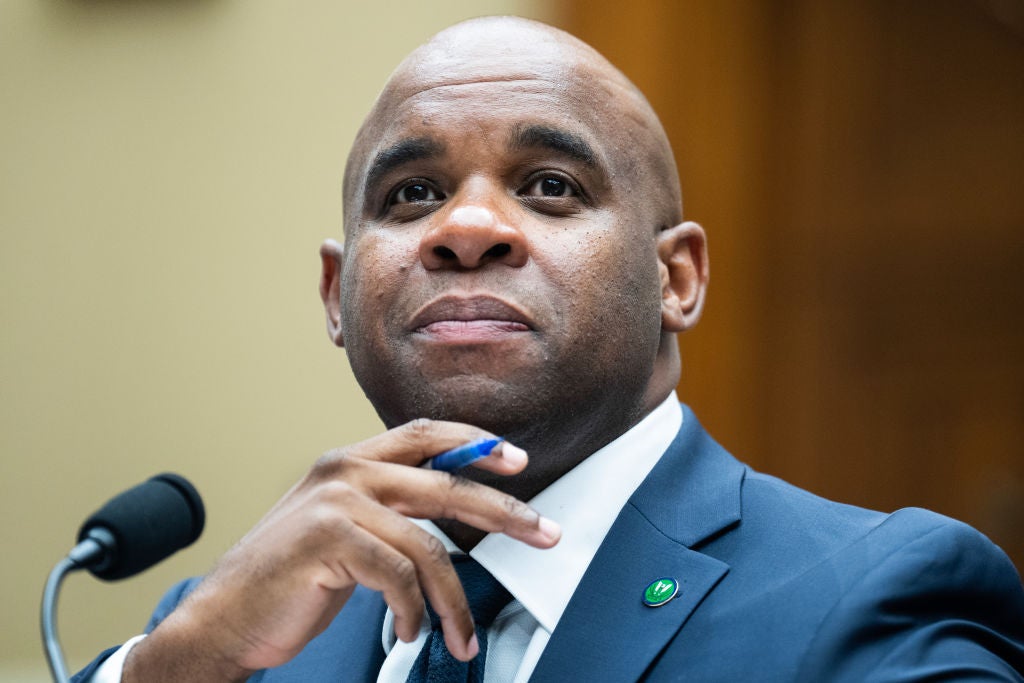
Still, for the more than 17 million American households struggling to keep the lights on, climate change is a distant concern. For Phillips, who grew up in a low-income household on Alabama’s Gulf Coast, that struggle isn’t theoretical. “My family had to make a lot of difficult choices when I was a kid,” he told ESSENCE. “Sometimes, those difficult choices meant skipping the light bill for a month.”
Phillips’ mission is deeply personal. Among the many responsibilities of his role, ensuring every American has access to a sustainable energy system is core.
Funding the Net-Zero Transition
Innovation is the wild card in climate investments, with clean technologies holding the potential to unlock breakthrough solutions for ambitious climate goals. But ideas require champions and funding to come to fruition, and Anthony Oni is putting his money on black.
As Managing Partner of the Elevate Future Fund at Energy Impact Partners (EIP), hei takes a purpose-driven approach to funding underrepresented entrepreneurs in cleantech. “The fund isn’t just about investing in companies; it’s about partnering with startups that are shaping the future of energy,” Oni told ESSENCE.
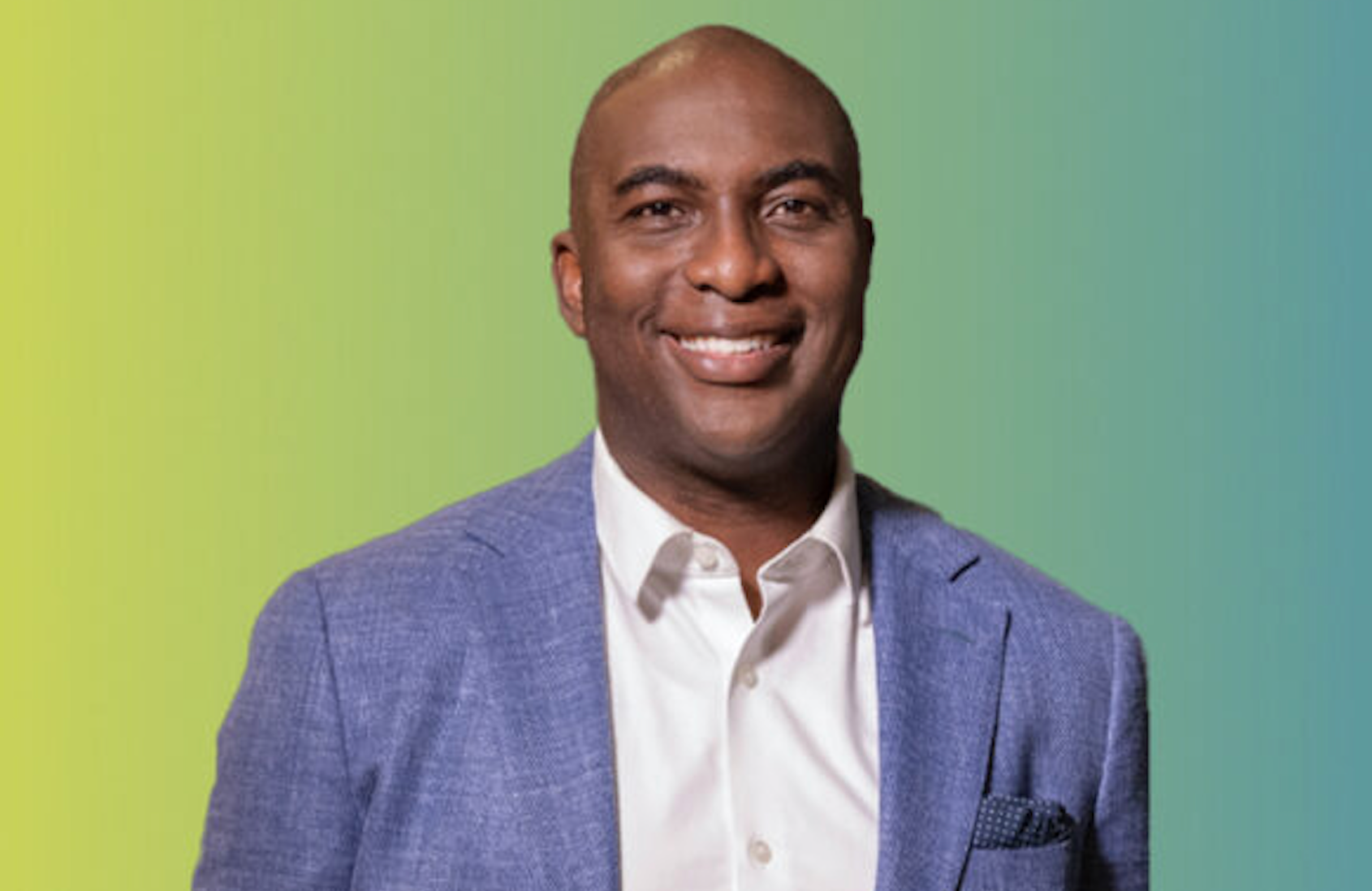
With clean energy investments rising by 10% in 2022, the sector’s potential is clear. Oni, a former power executive, prioritizes technology-driven, equitable solutions to reach net-zero emissions.“It’s about more than keeping infrastructure operational,” he explained. “It’s about creating pathways into the green economy for underserved communities.”
Building a Resilient Energy Infrastructure
While transitioning to sustainable energy sources is essential, fortifying existing infrastructure to address escalating challenges is also important. Among the immediate strains of climate change are increasingly frequent and severe hurricanes, floods, and heat waves, causing prolonged power outages, often leaving entire communities in the dark.
As senior vice president, chief external affairs officer, and President of the Entergy Charitable Foundation, John Hudson leads efforts on multiple fronts, with strategic investments in grid fortification as a top priority. “We are proposing a $15 billion long-term plan to help reduce restoration costs and disruption risks from major storms, which could lower the Gulf Coast regional risk by 55%,” he explained.
The funding investment is expected to boost resilience and shorten recovery periods for the millions of citizens who often face the brunt of extreme weather. It’s an important endeavor since Entergy operates in one of the country’s most weather-vulnerable areas, spanning Arkansas, Louisiana, Mississippi, and Texas.
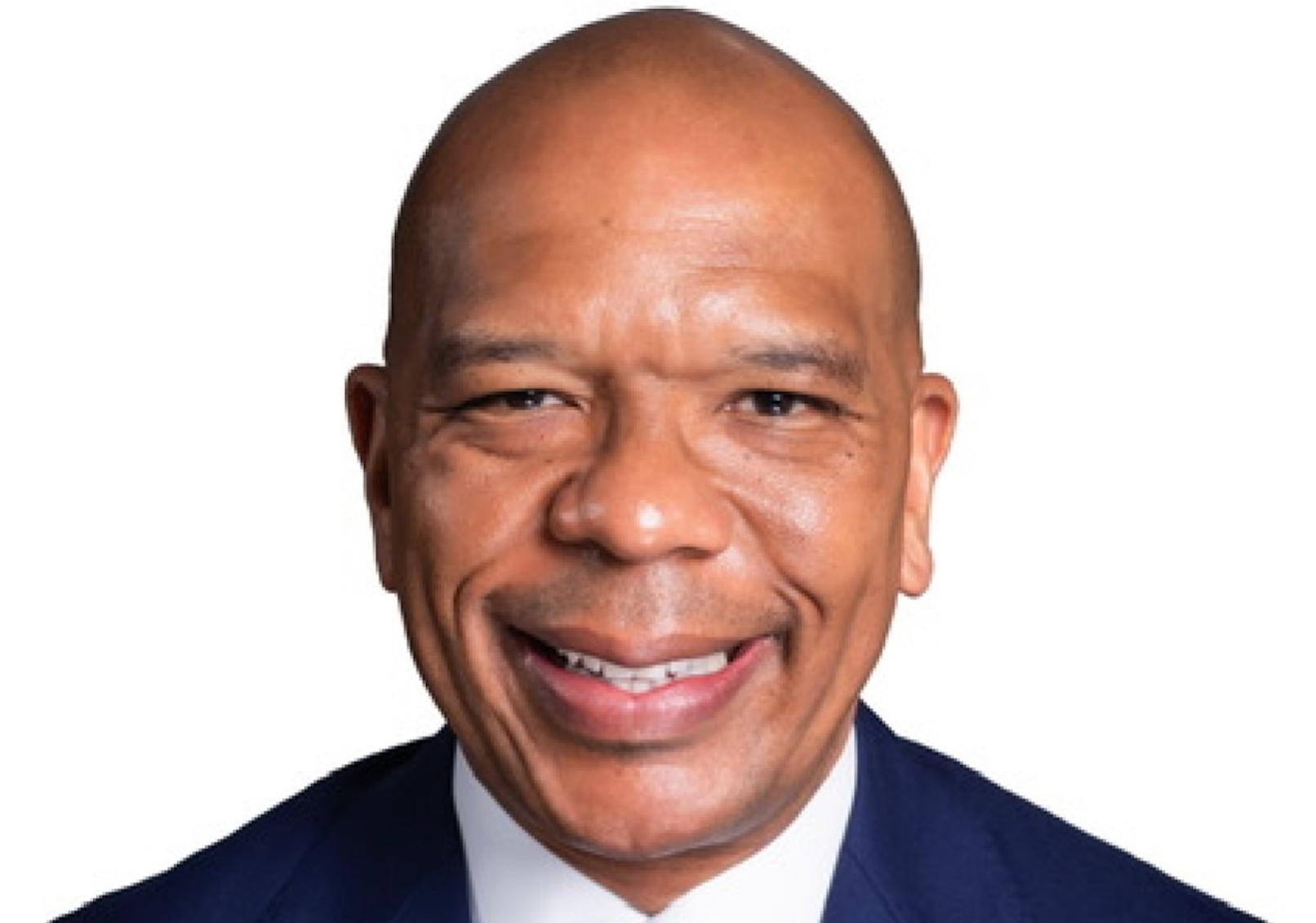
With approximately 12,000 employees, the success of Entergy’s operations hinges on the dedication and adaptability of its workforce. However, the sweeping changes across the energy sector is bound to create some internal strain. Hudson is deeply committed to equipping teams with the support needed to seize opportunities in an evolving energy landscape. The adaptability required to navigate these changes, he says, is best demonstrated by example.
“In the energy sector, we talk a lot about the resilience of our infrastructure, but the ability to learn from mistakes and apply those lessons to new challenges is a skill every leader needs,” Hudson told ESSENCE.
Visionary leaders like Hudson and his peers are shining examples of how transformative leadership can drive innovation, inclusivity, and resilience in the clean energy transition, ensuring a sustainable future for all.